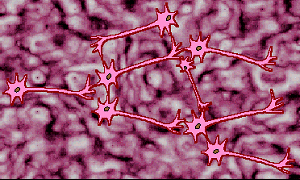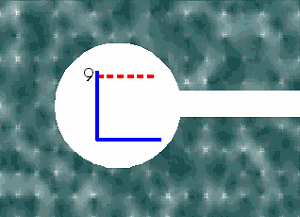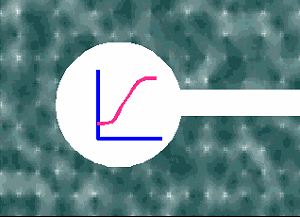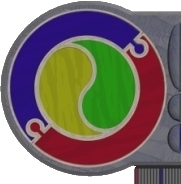The Artificial Neural Network is a term attributed to the study of
manufactured or simulated brain function.

Conventional computer technology (Von-Neumann Architecture) relies
on a single processor (the CPU) doing all of the manipulation of data
needed for the running of the machine. Facts are physically stored
in locations in memory (they have specific addresses), and the computer
can engage in a single action at once (even though it can complete
tasks monumentally fast).
An artificial neural network is quite different. Each of its components
(called neurons) are processors in their own right. These neurons
are capable of processing information, and communicating information
using schemes assumed similar to the internal signal processing of
their biological counterparts. An artificial neural network can access
and process multiple instructions synchronously (that is the capability
of large scale parallel processing). Facts are stored in artificial
neural networks as patterns of interconnections (similar to the supposed
action of the human brain).

An artificial neural network based on
a step transfer function
All knowledge stored in an artificial neural network is learned (gradually
through 'rote' learning, forming patterns of connections allowing
existing data to be processed correctly, before moving on to prediction
of data values).

An artificial neural network based on
a sigmoid transfer function
'Training' is the term usually applied to the process of getting
the neural network to learn rules. It does this by reacting to a set
of INPUTS to produce a set of easily predicted (or previously known)
OUTPUTS. Initially, the OUTPUTS vary greatly from the correct conclusions
- this variance is then fed back into the network, and it is adjusted
before the next training run is performed. Commercial neural networks
may take weeks (of continual running) to train. Once trained, neural
networks are very fast at making correct conclusions from unseen data
with an exceptionally low error rate. The number of neurons limits
the capacity for 'memory' and 'reasoning', as does the pattern of
interconnection.
Although currently lagging in the area of symbolic reasoning, artificial
neural networks have been used with great success in such areas of
computer vision, voice recognition, handwriting recognition, forecasting,
data analysis, credit failure prediction and fraud detection.
Recently, neural network shells have become available as ANN implementations
using conventional Von-Neuman machines to 'virtually' duplicate the
analogue action of an ANN on a digital device. Current applications
of ANNs is in pattern recognition (facial, speech, fingerprinting, shopfloor
quality, mail sorting and video imageing).
Artificial Neural Network Exercises


